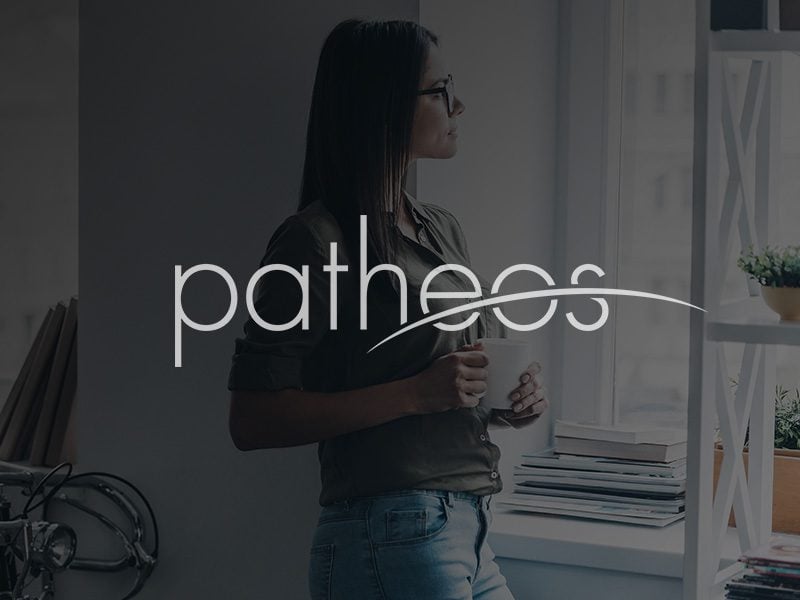Each Wednesday in What Memes Mean, Kirk Bozeman questions the significance, humor, and subtexts of viral videos, memes, and other Internet fads.
Facebook introduced us to the concept of “frictionless sharing” last year, with good ol’ Zuck telling us about a number of exciting new apps that would be able to automatically share music, articles, and video to our Facebook feed (which was soon to become some sort of “Timeline“). No extra buttons to push, no extra mouse clicks (i.e., no “friction”), all sharing done behind the scenes as we viewed, listened, and watched.
This has been our reality for a number of months, with sites like Spotify now able to broadcast our entire daily streaming playlists to the watching world and social reader and video apps sending constant updates per any-and-all online perusals. As of late, Twitter has drunk the Kool-Aid as well, and frictionless sharing is available as an option for all other social media as well. But a recent Buzzfeed article has collected a number of statistics that seem to clearly show that frictionless sharing isn’t faring too well. It appears that more and more people who were in are starting to opt out — at least once they figure out where the right button is.
Why don’t we like frictionless sharing? Three thoughts by way of example.
I recently set up frictionless sharing to Twitter for the iPhone song-identification app SoundHound, but I quickly turned it off when I realized a couple of things. For one, every song I identified with the app was posted to my Twitter timeline, even the ones I found a tad embarrassing. I’d love for you all to know when I’m identifying cool indie music at the local hipster coffee shop, but I’m not very interested in you knowing when I’m identifying 80s ballads in line at the supermarket. One of the glories of social media is being able to “craft our cool,” presenting ourselves to the world with our best face forward. Frictionless sharing causes major problems for this because, in reality, we all do lots of uncool things. Cool must be calculated; it can’t be automated.
Second, I saw how annoying it was. For goodness’ sake, seeing all those song identifications in my Twitter feed annoyed me, I couldn’t imagine it not annoying everyone else. Sharing the minutia of life can be fun and interesting, but frictionless sharing pushes things over the line of “interesting tidbits” to “frustrating clutter” quite quickly. It’s fun to know what our friends are doing, but evidently only to a certain extent.
Third — and this issue occurred to me later, after I had opted out — the old privacy problem returns, this time in a new and unique way. Frictionless sharing is a different kind of privacy issue. It’s not an unknown handing-over of static data concerning age, location, or tastes to a faceless advertising machine (though I’m sure that’s involved as well). Frictionless sharing is, at some level, the bare output of our mental and intellectual ingestions and activities, with nothing censored. In some sense, this is the full disclosure of our thought life. And this is not just awkward and annoying, it can be personally detrimental. It takes away the secret place. I have yet to hear a story of a great man or woman in pursuit of God and His purposes who did not do a good deal of their seeking and learning in private, letting things percolate, brew, and settle in their seeking of God’s voice. Frictionless sharing can cut the heart out of this. Privacy is not a disease to be remedied by automation; it is an essential ingredient for idea-shaping and soul-making.











